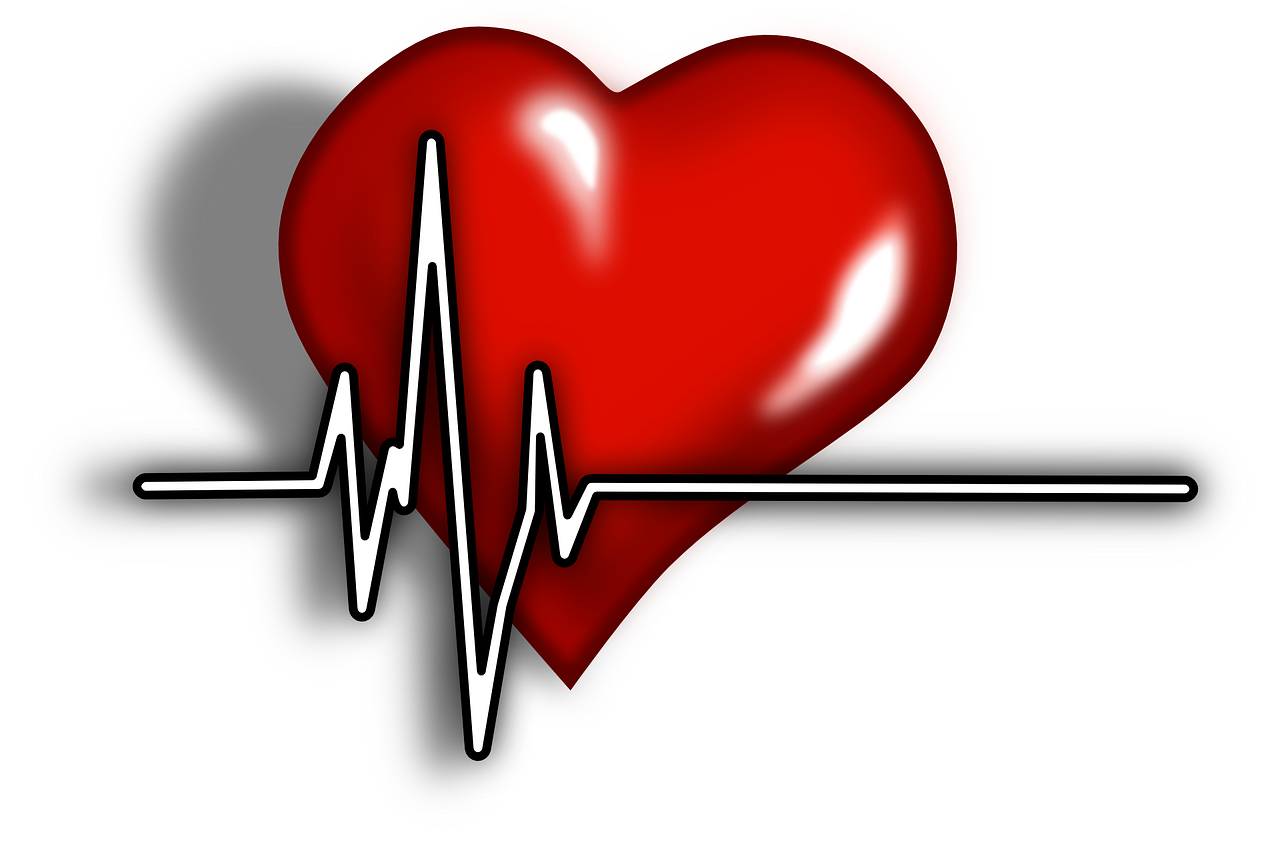
Most people are familiar with what heart attack symptoms look like. In movies or television it’s usually someone grabbing their chest and complaining about pain. Chest pain and tingling or numbness in the left arm. These have been the standard for heart attack symptoms but do those symptoms differ in men and women? The short answer is yes. Cardiovascular disease is the number one cause of death among both men and women in the United States and, while heart attack death rates have steadily declined among men in the last 25 years, the same can’t be said for women. This could be due to a lack of awareness of the symptoms in women.

Men and women alike can experience the well-known heart attack symptoms like gripping chest pains and breaking out in a cold sweat. But women can also have subtler, less recognizable symptoms such as pain or discomfort in the stomach, jaw, neck or back, nausea and shortness of breath. As a result, women are often unaware that what they’re experiencing is a heart attack. So what happens? Women blow off the warning signs, assuming something else is the problem.

To add to the problem, women’s healthcare providers may misdiagnose these symptoms, and the result is that women discover their heart disease when it’s too late. Men, on the other hand, seem to benefit from having more frequently participated in clinical trials, and more aggressive diagnostic testing and treatment.
When women have participated in clinical trials, the most frequently reported symptoms of heart attacks didn’t include chest pain. Instead, women reported unusual fatigue, sleep disturbances, and anxiety. Nearly 80 percent reported experiencing at least one symptom for more than a month before their heart attack.
To simplify, here’s a breakdown of the most common symptoms for men:
-
Standard chest pain/ pressure that feels like “an elephant” is sitting on your chest
-
Squeezing sensation that may come and go or can remain constant and intense
-
Upper body pain or discomfort, including arms, left shoulder, back, neck, jaw, or stomach
-
Rapid or irregular heartbeat
-
Stomach discomfort that feels like indigestion
-
Shortness of breath, which may leave you feeling like you can’t get enough air, even when you’re resting
-
Breaking out in a cold sweat

It’s important to keep in mind that heart attacks don’t just differ by gender, but from person to person as well. You may not experience all of these symptoms.
Here are the heart attack symptoms in women:
-
Unusual fatigue lasting for several days or sudden severe fatigue
-
Sleep disturbances
-
Anxiety
-
Lightheadedness
-
Shortness of breath
-
Indigestion or gas-like pain
-
Upper back, shoulder, or throat pain
-
Jaw pain or pain that spreads up to your jaw
-
Pressure or pain in the center of your chest that may spread to your arm
Due to the differences in symptoms by gender, base your decision to get help on what feels normal or abnormal for you. If you haven’t experienced symptoms like this before or if the symptoms feel abnormal, get help. Don’t be afraid of getting a second opinion either.
The causes of heart attack differ from men to women as well. In men, a heart attack typically begins with the sudden rupture of a cholesterol-filled plaque in a coronary artery, which then precipitates a blood clot. In younger women in particular, a plaque is more likely to erode into the vessel wall rather than to burst. Women are also more likely than men to develop small vessel disease, a condition where blockages occur in the tiny vessels within the heart muscle rather than in the large, surface arteries.
Due to the discrepancies in heart attack symptoms between men and women, and, given how common heart disease is, it’s important to be aware of the symptoms and be prepared to seek help.


